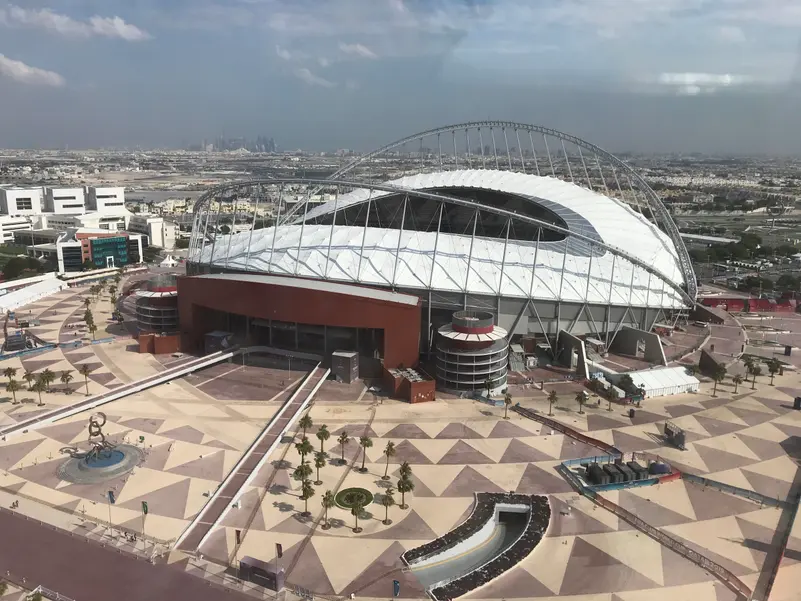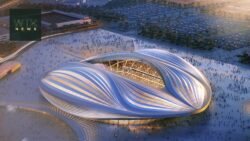There are eight stadiums being used for the World Cup.
Al Bayt Stadium, Khalifa International Stadium. Al Thumama Stadium, Ahmad Bin Ali Stadium, Lusail Stadium, Ras Abu Aboud Stadium, Education City Stadium and Al Janoub Stadium.
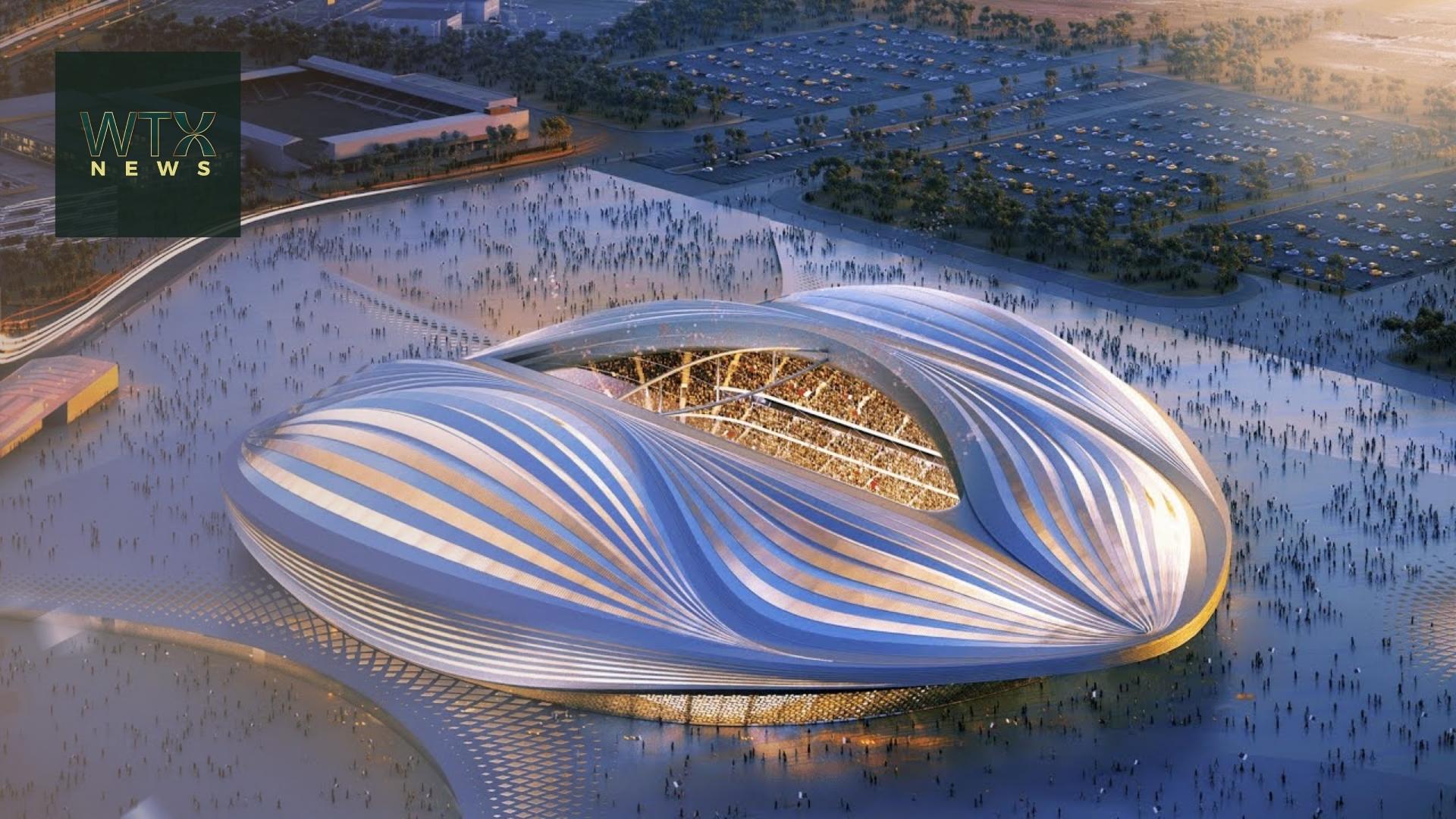
World Cup 2022: What do I need to know about the eight World Cup stadiums?
Lusail Stadium
The Lusail Stadium is the biggest in the country and where Qatar will host the World Cup 2022 final.
The stadium has an 80,000 capacity.
The stadium is designed around the dance of light and shadows as seen in the traditional fanar lanterns, according to the World Cup website.
The stadium is designed to represent the Arabic world, showcasing motifs of vessels, bowls and art pieces from the region.
The stadium will host six group matches and three knock-out round matches – including one semi-final and the final match.
Lusail Stadium is located 15 kilometres north of Doha’s city centre and stands as the centrepiece of the new Lusail metropolis.
When the World Cup finishes the stadium is set to be turned into a community space including schools, shops, sporting facilities and health clinics.
Most of the stadiums are set to be removed and donated to sporting projects.
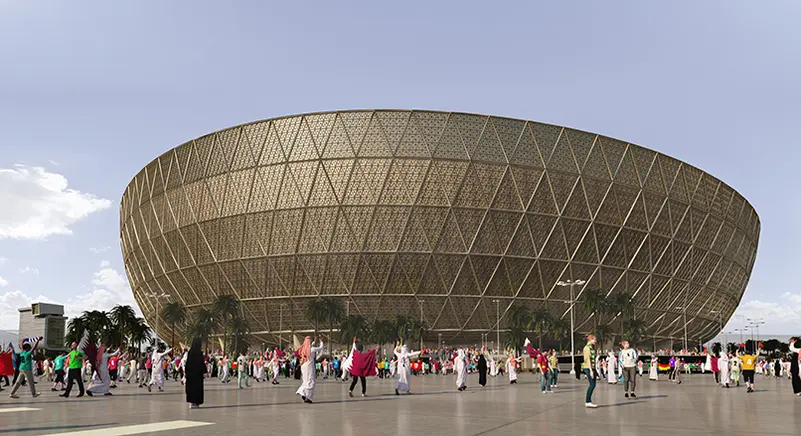
Education City Stadium
The Education City Stadium has a 40,000-seat capacity and is inspired by the geometric shapes of traditional Islamic architecture. The stadium is surrounded by several big-name universities.
The stadium was built with sustainability in mind – it has a unique cooling system and green spaces around it.
The stadium is diamond shaped and the 40,000 seats will be reduced to 25,000 seats at the end of the tournament with the additional seats being donated to developing countries.
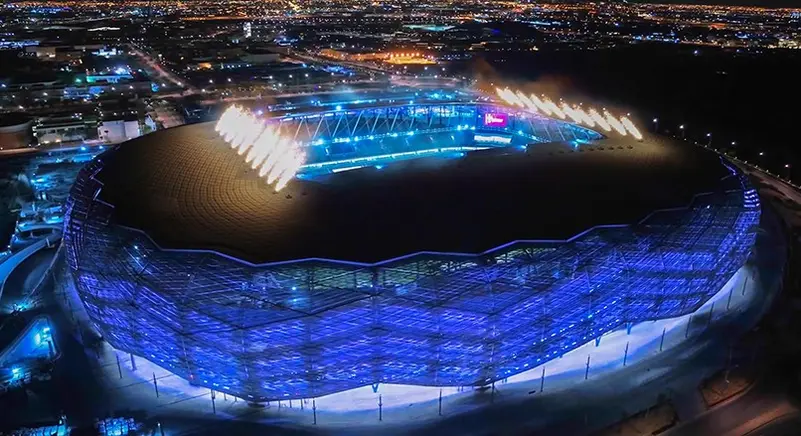
Ahmad bin Ali Stadium
The Ahmad bin Ali Stadium has a 40,000 capacity and a very distinct design as the stadium and surrounding buildings mirror aspects of the local culture and traditions.
The facade reflects the sand dunes while the intricate geometric patterns reflect the beauty of the desert, native flora and fauna, as well as local and international trade.
It will be the home of Qatar’s Al-Rayyan Sports Club when the tournament ends.
More than 80% of the materials used came from the original stadium and existing trees were carefully retained.
Fans will be able to travel via an environmentally friendly new Doha Metro system.
After the World Cup, half of the stadium’s seating will be donated to football development projects overseas.
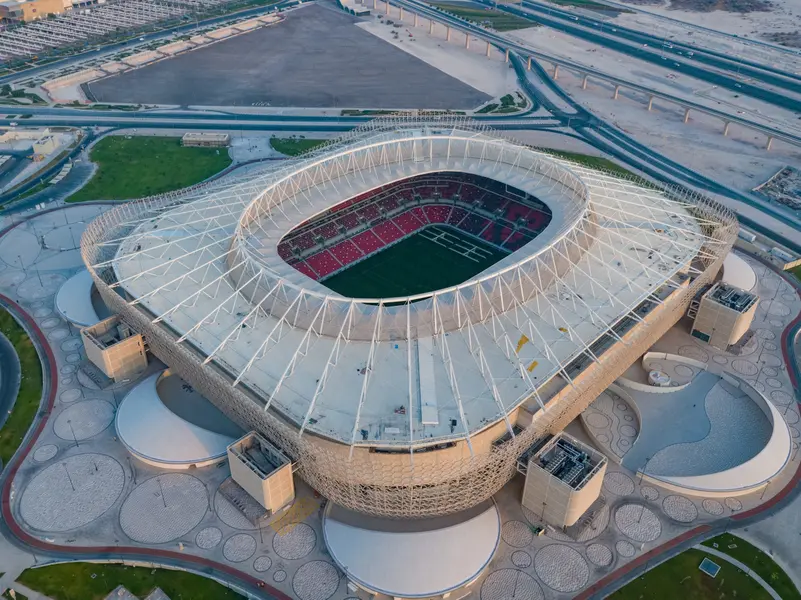
Al Thumama Stadium
The Al Thumama Stadium was inspired by the gahfiya – a traditional woven cap worn across the middle east.
The stadium has a capacity of 40,000 and was built for the World Cup.
It will host a number of matches right up until the quarter-final stage.
Like all stadiums at the tournament – air-conditioned vents have been placed throughout the ground to maintain an optimal environment inside the stadium.
The stadium will be reduced to 20,000 seats when the World Cup ends, with the additional seating being gifted to developing nations.
A boutique hotel will replace the top seating of the stadium and a branch of the Aspetar Sports Clinic will be added.
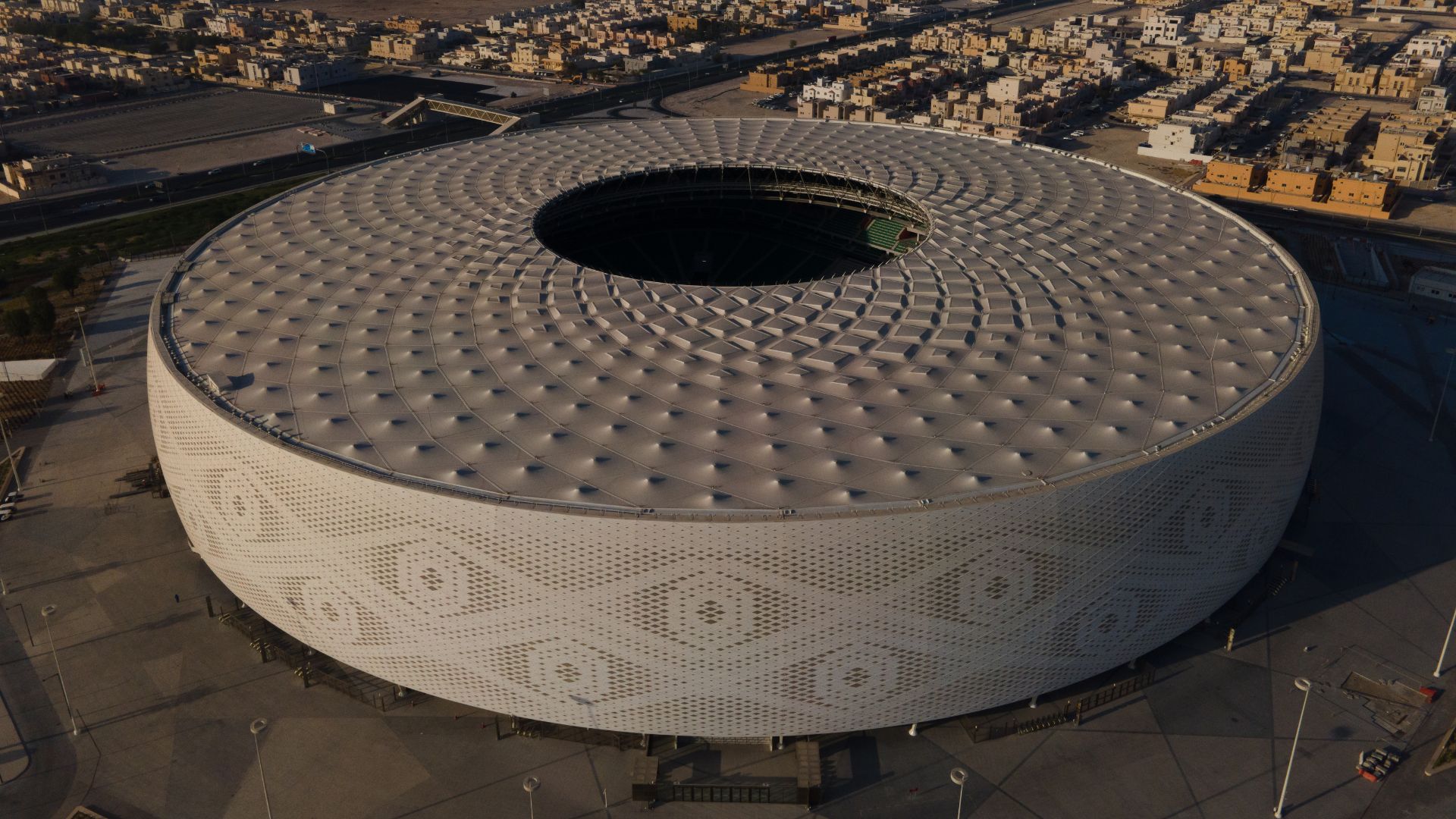
Stadium 974
Stadium 974 has a capacity of 40,000 and is constructed from shopping containers. The number 974 is the international dialling code for Qatar and is also the exact number of shipping containers used in the construction of the venue.
The temporary venue is one of the most sustainable and has been called the “first fully demountable tournament venue” in the history of the World Cup. It uses less material to build than traditional stadiums, creating a blueprint for future developers to follow.
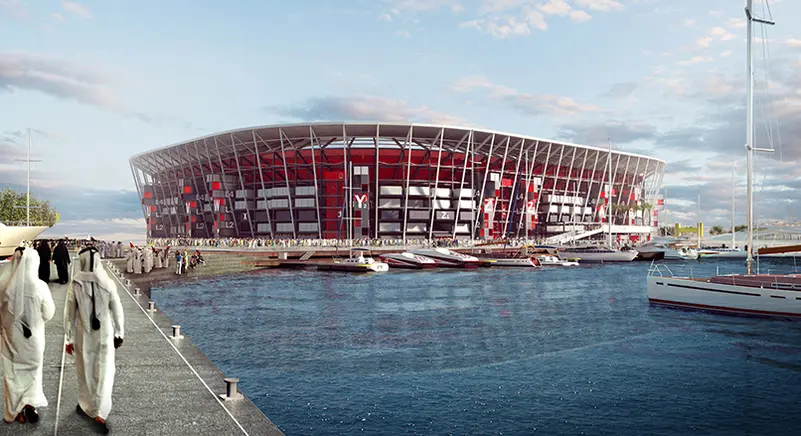
Al Bayt Stadium
Al Bayt Stadium has a capacity of 60,000. The stadium is located in the city of Al Khor – famous for pearl diving and fishing.
The stadium is designed to replicate the bayt al sha’ar, the tents historically used by the nomadic people of Qatar.
The venue has a retractable roof system and advanced cooling systems.
Key matches will be played here including the opening match, five additional group matches, as well as knock-out round matches including one of the two semi-final matches.
Almost half of the venue’s seats can be dismantled and be used in football projects across the world.
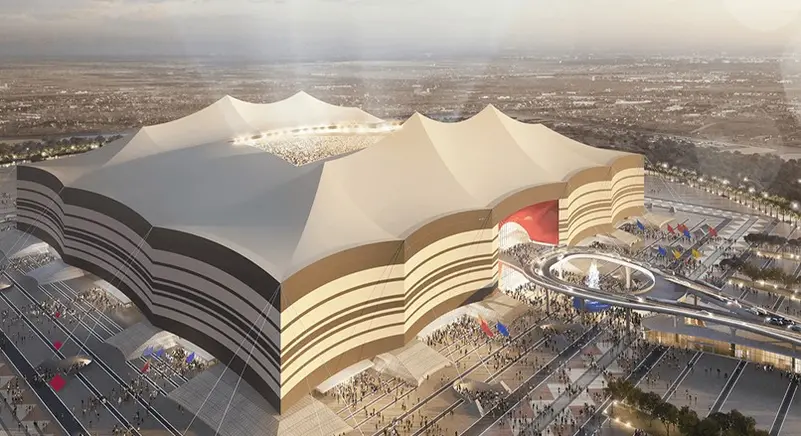
Al Janoub Stadium
The Al Janoub stadium has a capacity of 40,000. The stadium is inspired by the sails of traditional dhow boats, in tribute to Al Wahrah’s seafaring past.
The stadium is located in one of Qatar’s oldest inhabited areas.
The roof was designed to resemble a ship’s hull and the structure is meant to resemble upturned dhows.
The stadium has a cooling system and a retractable roof, meaning the stadium will be used all year round.
The stadium will be served by Al Wakrah station on the Red Line of the Doha Metro.
Following the tournament, the capacity will be reduced to 20,000 – with the excess seats from the upper tier being donated to football development projects overseas.
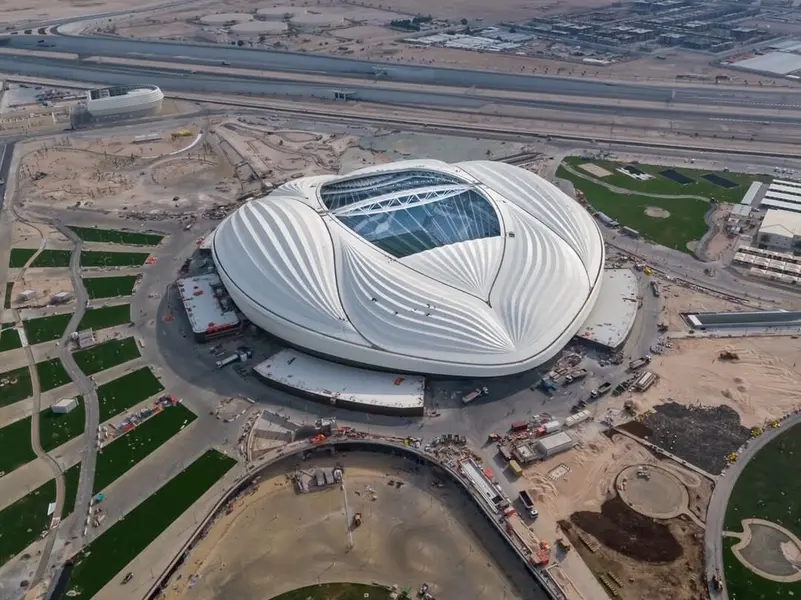
Khalifa International Stadium
The Khalifa International Stadium was built in 1976 and has hosted several big tournaments.
The stadium has a 40,000 capacity for the world cup.
The stadium has undergone extensive redevelopment in order to prepare it for the world cup. It was the first FIFA World Cup venue to achieve the Global Sustainability Assessment System (GSAS) certification.
The stadium has kept its dual arches and now has a wide canopy below – which supports the new cooling system.
The new tier added 10,450 seats to the capacity, and the stadium features a new facade. The new LED lighting system adds a new dimension to the fan experience.
The stadium is served by Sport City Station on the Doha Metro Gold Line.
The stadium lies in the heart of Aspire Zone – Qatar’s centre of sporting excellence which was the foundation of the 2006 Asian Games. The precinct is designed to drive participation in sports.
